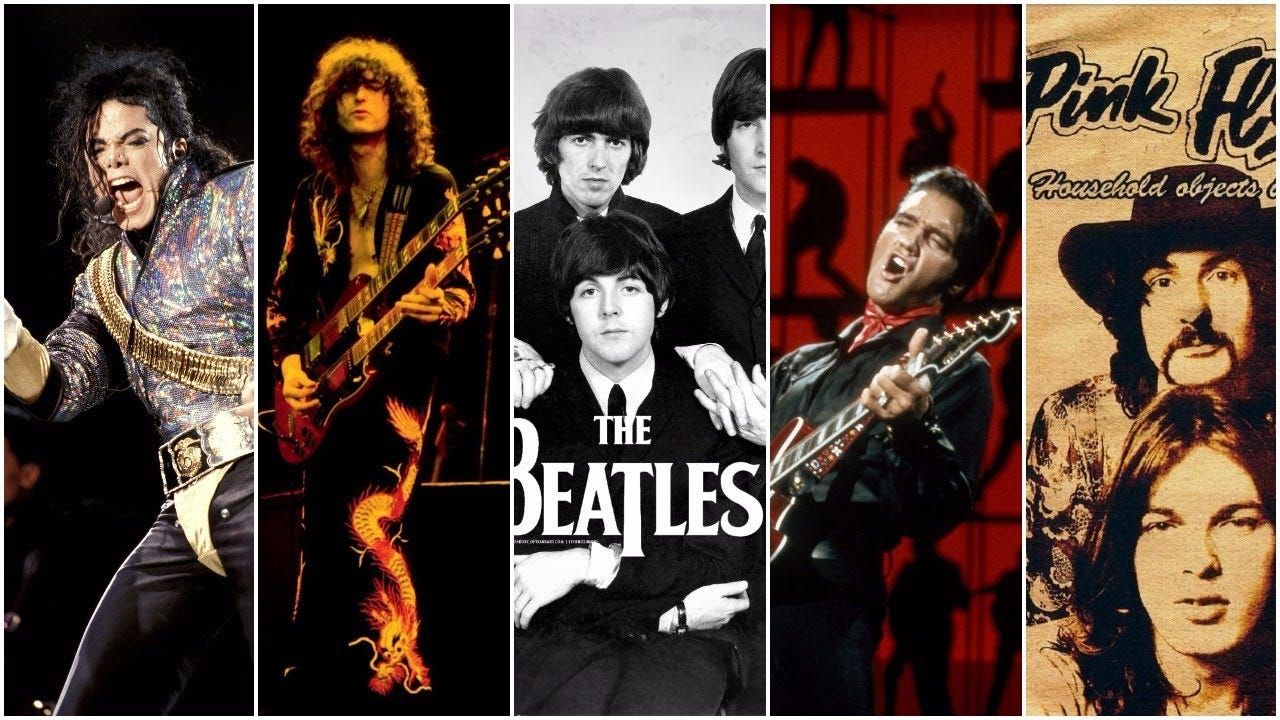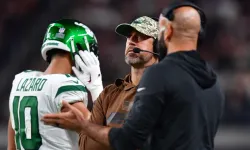While these songs have often been viewed as harmless or nostalgic, their problematic origins can shed light on deeper societal issues.
One example is the song "Zip Coon," an 19th-century minstrel tune that was popularized in the United States. The song’s lyrics perpetuate harmful stereotypes about African Americans, portraying them in a derogatory and demeaning manner. Despite its history, the song has occasionally been covered or referenced in ways that fail to address its racist origins.
Another track with a similar problematic history is "My Old Kentucky Home," a song composed by Stephen Foster in the 1850s. Although it is often sung at American sporting events and celebrations, the song's lyrics reflect a romanticized and offensive portrayal of slavery and the South. Its portrayal of enslaved individuals as content and happy in their servitude is deeply troubling when considered within the historical context of its creation.
"Little Black Sambo" is another song whose lyrics are rooted in racial stereotypes. Originally a children's story by Helen Bannerman, the song adaptation perpetuates derogatory imagery and language that can be harmful, especially given its historical context and the way it reinforces racial prejudices.
Even more contemporary songs are not immune from scrutiny. "Coon Song" by George Washington Dixon is a more recent example where the lyrics are filled with racial slurs and offensive caricatures. Though this song might be less familiar to modern audiences, its legacy serves as a reminder of the ways in which music has been used to perpetuate racist ideologies.
Addressing these issues involves acknowledging the painful realities of their origins and understanding how they have influenced cultural perceptions. By confronting the problematic aspects of these songs, we can better appreciate the historical context in which they were created and work towards a more inclusive and respectful cultural landscape.














